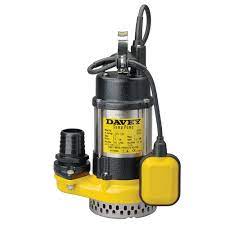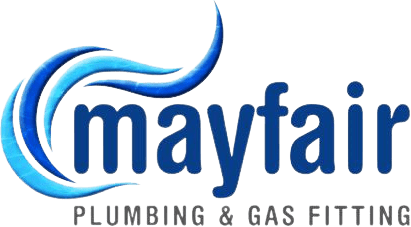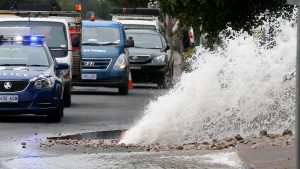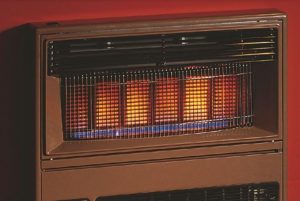After the last heavy rains experienced in Adelaide, we were engaged by a new customer of ours to investigate a dual pump submersible storm water system that was not working and was presenting various faults.
Upon arrival the customer informed us that they previously had 3 other plumbing companies out to look at the system but none of them could figure out how to fix the
problems or even explain to the customer how the system works! After a quick look over the system it was obvious that the entire system had been set up incorrectly and this was the first issue.
The second was that one of the Davey submersible pumps D53A/B-3 wasn’t even working so during high levels of rain the tank would fill up quicker than it could drain causing the high-level alarm to engage.

Understanding dual pumping stations
When a dual pump station is installed for either sewer or storm water applications it will be accompanied by a controller usually mounted remotely and close to where people will often see it as this controller also has the high-level alarm which has a flashing beacon and a siren. In this pumping station there is 5 float switches.
Firstly, there are the two which come with the Davey pumps which when installed correctly for this application are strapped into the constant on position. The reason for this is that the 3 floats which come with the control module override these and therefore they are in constant on allowing for the other floats to relay information that is going on inside the tank to the wall mounted dual pump controller FPC-Series-30020-AA.
There are two other floats which are called the start and stop floats. In this case these were both strapped together at low level meaning the pumps never got the correct signal to the control box. As it turns out one of the float switches were also faulty which did not help the situation. During the process of replacing one of the Davey pumps we also replaced the faulty float switch with a new and ensured the non-return valve was working correctly on the pumps discharge line.
When setting up the start and stop floats we also ensure the weight on the floats is in the correct position allowing for the pump to start without flooding the chamber but to also ensure the stop float cuts the pumps out in enough time to stop an air lock in the pumps and causing an electric motor failure.
The final float is called the high-level alarm float, and this is designed to engage a siren and flashing beacon if the water gets high enough to activate the float. The high-level alarm can be set-up with a small delay typically of 15 seconds just encase there is a huge deluge of rainwater into the pit and the pumps are just lagging slightly behind, this allows for false alarms and the need for someone to attend a potential non-event.
Once again this was set up too low and is probably why the high alarm was always engaging. The float was set up in such a way that if the water level got higher than what should activate the start float then the high-level alarm would engage now. When this process is set up, we always fill the chamber and test all operations prior to leaving the site.
Why choose a dual pumping station?
A dual pumping station is a great way to ensure huge amounts of liquid can be quickly removed from a site rapidly. It provides a great piece of mind that if one pump was to fail there is always a backup in play and once again as mentioned it allows for huge power to remove large volumes of liquid during peak periods.
You will typically find a dual pumping station can hold from 10,000L up to 22,000 and in some commercial application 50,000L so having a reliable pump such as the Davey brand is recommended. Other reliable pumps can also be used such as Grundfos, Onga, Honda, Bianco, Water Pro, Lowara, Reefe and Calpeda.
At Mayfair Plumbing we always suggest regular quarterly inspections and maintenance to ensure that a pump and all its floats etc are working correctly. Through doing this it ensures that the pumps will work as effectively as possible and avoid any problems through neglect. If you have a pump project which you would like help, please contact us today on 0429361819 or email any enquiries to plumbers@mayfairplumbing.com.au we are pump technicians not just plumbers in Adelaide and the Adelaide Hills.




